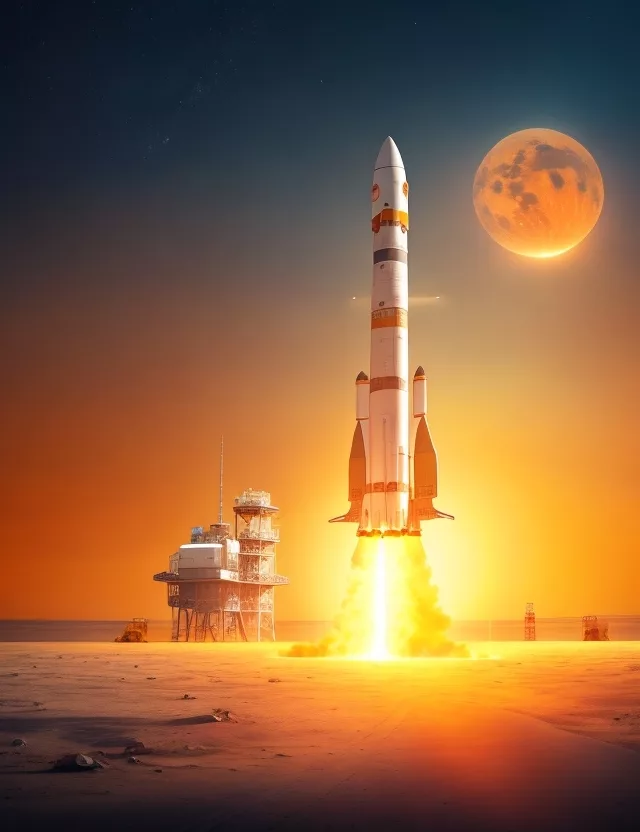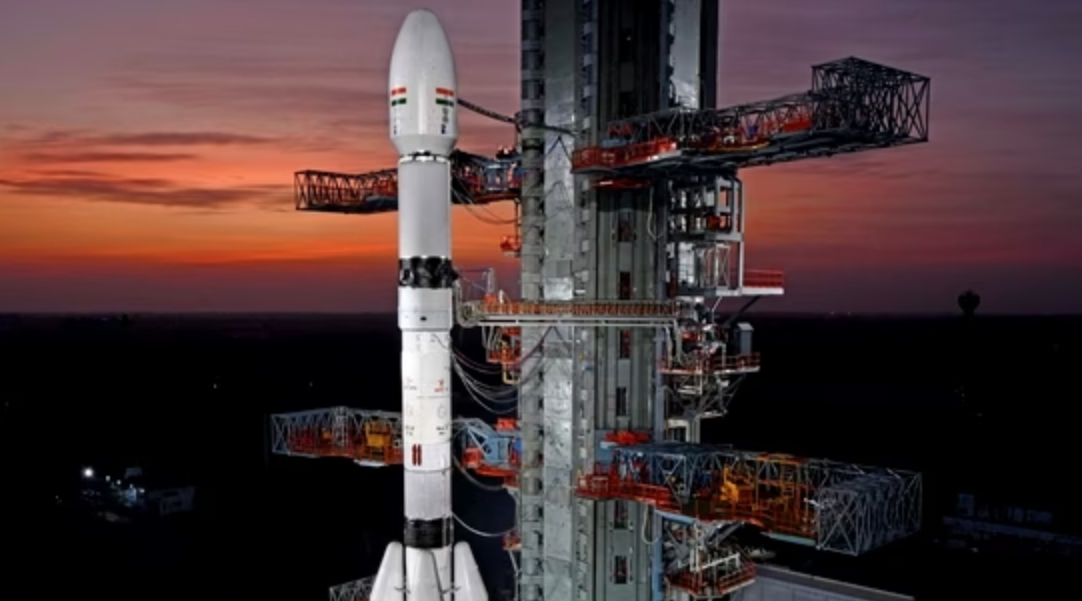Aditya-L1 Solar Mission: Launch Countdown Begins
The countdown for India’s historic Aditya-L1 solar mission has officially begun, promising groundbreaking insights into the Sun’s mysteries. Here’s what you need to know about the launch, where to watch it live, and the significance of this mission.
Launch Details and Timing
A Date with the Sun: September 2, 11.50 am IST
The Aditya-L1 solar mission is scheduled for launch on September 2 at 11.50 am IST from the renowned Satish Dhawan Space Centre in Sriharikota, Andhra Pradesh. This eagerly awaited event comes hot on the heels of ISRO’s Chandrayaan-3 moon mission success.

Aditya-L1 Solar Mission
Aboard the PSLV Rocket
The Vehicle to the Sun’s Halo
Aditya-L1 will embark on its cosmic journey aboard ISRO’s PSLV (Polar Satellite Launch Vehicle) rocket, setting off on a space odyssey that spans 125 days. The mission’s name, Aditya, is derived from the Sanskrit word for the Sun, signifying its solar focus.
How to Watch the Live Streaming
Catch the Solar Spectacle Online
For those eager to witness this historic event, ISRO has made it accessible to viewers worldwide. The live streaming of the Aditya-L1 launch will commence at 11.20 am IST, just ahead of liftoff. Here’s where you can watch it:
ISRO’s Facebook Page
ISRO’s YouTube Channel
ISRO Website
You can also watch the launch right here on this page through the embedded video.
Unraveling Solar Secrets: Aditya-L1’s Mission
A Unique Orbit and Uninterrupted Sun Observation
Aditya-L1’s primary objective is to study the Sun from a unique vantage point. It will be positioned in a halo orbit around Lagrange point 1 (L1) of the Sun-Earth system, situated approximately 1.5 million km from Earth. This strategic location grants the satellite the remarkable advantage of observing the Sun without encountering eclipses.
Exploring Lagrange Points
Where Science and Space Align
Intriguingly, the Sun-Earth system boasts five Lagrange points, each with its distinct characteristics. Aditya-L1’s placement at L1 allows it to unlock invaluable insights into our Sun, contributing to our understanding of this celestial body’s behavior.
Possible FAQs:
What is the Aditya-L1 mission?
The Aditya-L1 mission is India’s first solar mission, aimed at studying the Sun from a unique vantage point.
When is the Aditya-L1 launch taking place?
The launch is scheduled for September 2 at 11.50 am IST.
Where can I watch the live streaming of the Aditya-L1 launch?
You can watch the live event on ISRO’s Facebook page, ISRO’s YouTube channel, ISRO’s website, or through the embedded video on this page.
What is ISRO’s PSLV rocket, and why is it carrying Aditya-L1?
The PSLV (Polar Satellite Launch Vehicle) rocket is the vehicle chosen to carry Aditya-L1 on its space journey. It is trusted for its reliability in launching satellites into orbit.
Why is Aditya-L1 being placed at Lagrange point 1 (L1) of the Sun-Earth system?
L1 offers the unique advantage of uninterrupted solar observation, enabling the satellite to study the Sun without encountering eclipses.
What are Lagrange points, and why are they important in space exploration?
Lagrange points are stable positions in space where the gravitational forces of two large bodies (in this case, the Sun and Earth) balance the centripetal force felt by a much smaller third body (the satellite). These points are significant for placing satellites for various scientific observations.




